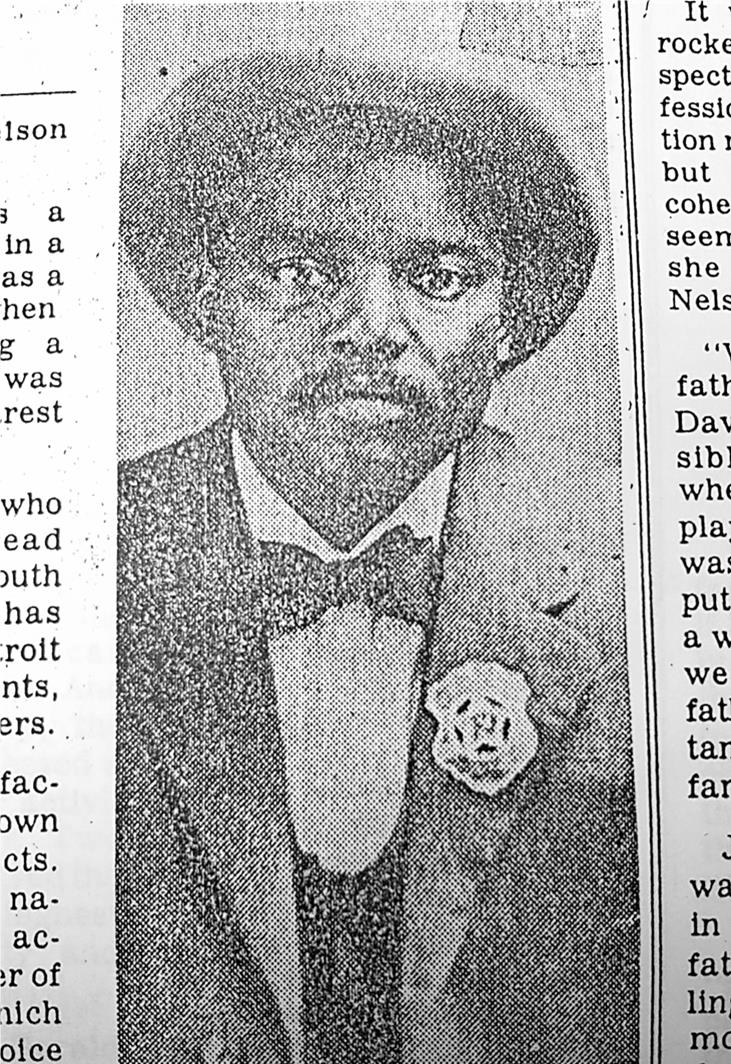Sapulpa Somebodies
That You've Never Heard Of. Probably.
Do you ever say, "you know, that one person that one time.." or "so-and-so did this..." or "so-and-so did that..."? Well, this is the series that shares those stories of people in Sapulpa that had an impact on the community. These people may have lived here all their lives, or for a short while, or did something that impacted another community, but still called Sapulpa their home at one time.
These are their stories.
These are their stories.



 RSS Feed
RSS Feed